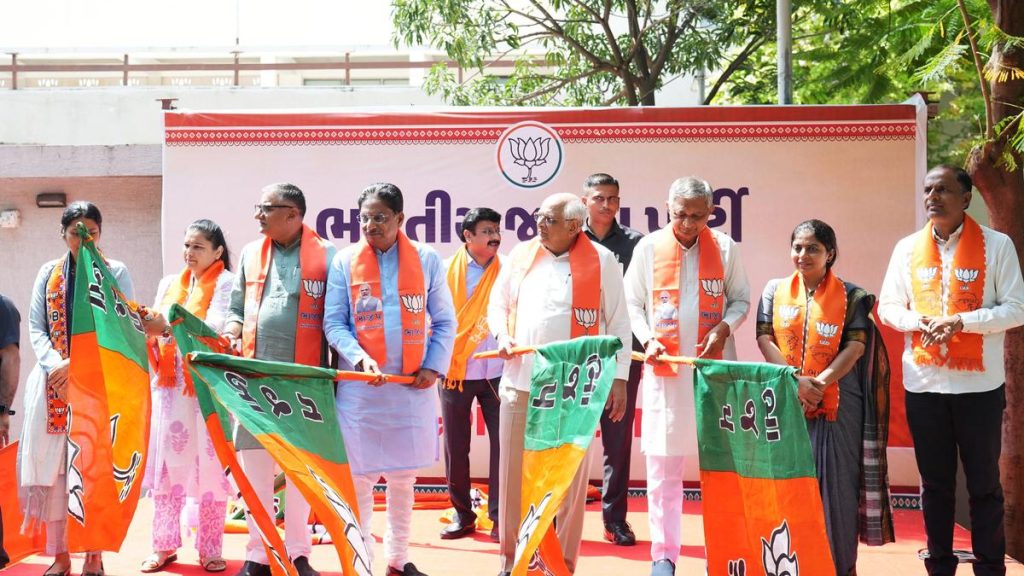Now Reading: Top Night Vision Monoculars of 2025: A Comprehensive Guide
-
01
Top Night Vision Monoculars of 2025: A Comprehensive Guide
Top Night Vision Monoculars of 2025: A Comprehensive Guide

Swift Summary
- Night vision monoculars are highly portable, lightweight, and more affordable compared to binoculars.
- these devices are useful for stargazing and wildlife observation, especially in urban areas affected by light pollution. They can feature infrared or digital image sensors.
- Upcoming celestial events in mid-May include a meteor shower and the asteroid Juno in opposition,offering optimal viewing conditions for enthusiasts with night vision equipment.
- Highlighted monocular models:
– luna Optics LN-G3-M50: Best overall with Blu-ray recording and multi-controller features (₹13.36–₹143).
– ATN PVS14-3HFW: Best premium choice used by US special forces,known for durability and superior technology (₹27–₹416).
– Yuanzimoo Upgraded Monocular: Best budget option accessible for entry-level users.
– Additional options cater to beginners (Carson Aura Plus) or advanced users preferring higher generations of monocular tech.
Read More: Space.com Guide
Indian Opinion Analysis
Night vision monoculars represent a niche market that could gain momentum among Indian consumers who engage in stargazing or wildlife activities. with India’s growing interest in astronomy spurred by space exploration advancements like ISRO’s missions, this equipment may appeal especially during peak events like meteor showers or asteroid oppositions highlighted in May. Urban buyers may appreciate their utility amid increasing light pollution across India’s cities.
From an economic standpoint, affordability plays a crucial role; budget-focused models such as Yuanzimoo could drive adoption here better than higher-end options targeted at specialized uses. Accessibility to these devices has potential value for amateur astronomers-educational institutions might explore their group usage.
Moreover comparison assists Image From-query direct chart usage summaries “Pattern/niche.”)Quick Summary:
- Yuanzimoo Night Vision Monocular:
– Budget-amiable entry device.
– Features include lightweight design, adjustable brightness screen, and an 8x digital zoom with tripod for stability.
– Notable drawbacks include limited capabilities and low-quality build; described as more of a toy than a serious tool.
- Carson Aura Plus:
– A beginner-friendly monocular offering affordability with key features like built-in infrared illuminator, camera, video recording capability, and lightweight design (127g).
– Provides black-and-white imagery in low-light settings but is hindered by plasticky build quality and reports of faulty SD cards.
- Bering Optics HIPRO gen 1 Monocular:
– High magnification (4.3x), sturdy multi-coated optics with water-sealed housing suitable for light rain or freezing temperatures. Targeted at hunters but handheld for casual use. Drawbacks include spots on images and edge distortion due to older Gen 1 tech.
- AGM PVS-14 NL2 Gen 2 Monocular:
– Designed primarily for military applications; now affordable enough for public use featuring wide field view (40°) & rugged waterproof construction meeting Military Standard requirements.
– Offers enhancements in brightness/image clarity over Gen1 without full generational advancements seen in the costlier Gen3 iterations observations sizignificantlighter overall performance Though alleges towards flawedproductionqualityunconfirmed scrutiny flaws broader-concernplural given Citizen-usenonlimited professional title-countwidefocus reviewer metrics setting scaled eval benchmarksread-more analysis dimensions functionalperipheral spansuncertainhyper specific "ReadMORE link:
- India has no direct relevance or mention in this raw text. It primarily reviews various night vision monocular devices for professional and recreational use.
- devices highlighted include AGM PVS-14 3AW1, Night Owl Optics iGen LE, and AGM wolf-14 NL1 with categories like “Best Gen 3,” “Best for image capture,” and “Best value.”
- Features discussed include magnification levels, infrared illuminators, durability (military-grade), image clarity improvements (e.g., Gen 2/Gen 3 photocathode technology), lightweight designs, and varying price ranges.
Indian Opinion Analysis:
Despite the absence of any explicit connection to India in the article text, advancements in night vision technologies like those reviewed here hold broader importance globally. For India specifically:
- Defense Sector Applications: Military-grade devices such as the AGM PVS-14 highlight technological developments that could benefit India’s defense forces during border patrols or counter-insurgency operations in low-light settings. This aligns with India’s ongoing push to modernize its military equipment with state-of-the-art technology suited to diverse terrains.
- Civilian Uses Opportunities: Emerging affordable models like AGM wolf-14 NL1 showcase potential for democratizing access to night vision equipment useful for wildlife observation or outdoor adventure-a promising market given India’s biodiversity hotspots.
India’s focus on indigenous advancement of similar technologies could reduce reliance on imports while boosting domestic capabilities across multiple sectors.
Read more at [source link]Quick Summary
- Matt Morris, a photographer and wildlife watcher from Somerset, UK, has a lifelong interest in stargazing and birdwatching.
- His passion for optics started at the age of 10 with his father introducing him to bird hides and nature reserves across england.
- Due to Type-1 Diabetes affecting his eyesight in one eye, Morris now relies on monoculars and spotting scopes to continue his wildlife observation activities. Despite this, his right eye remains functional.
- Night vision devices like monoculars are increasingly affordable for low-light activities such as wildlife observation or stargazing.Technologies include image intensification, thermal imaging, active illumination, and emerging digital night vision systems using CMOS image sensors.
Image: !Matt Morris
Indian Opinion Analysis
The emphasis on optical technologies such as night vision monoculars offers valuable insight for India’s burgeoning environmental preservation efforts and space research programs. These tools could benefit India’s sizable community of naturalists seeking better ways to track biodiversity in low-light conditions or promote eco-tourism across protected reserves like Kaziranga or Sundarbans.
Moreover, technological advancements (e.g., digital night vision using CMOS sensors) underscore opportunities for Indian industries focusing on innovation within consumer electronics or military-grade optics solutions-possibly enhancing India’s self-reliance goals outlined under “Make in India.” addressing accessibility issues noted by individuals with impaired health conditions is an equally crucial aspect that Indian designers might explore while developing new-age products.
In a broader context of global optics technology integration into lifestyle and ecology conservation pursuits showcased here reflects parallels were Indian development frameworks align well internationally through complementary focus areas like sustainable tech adoption trends!

























